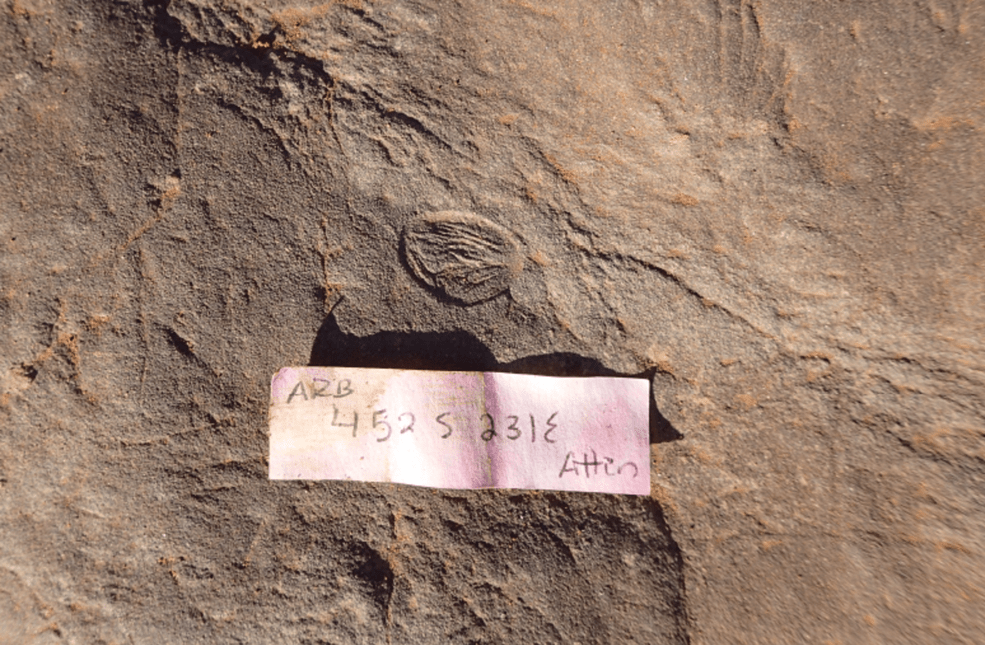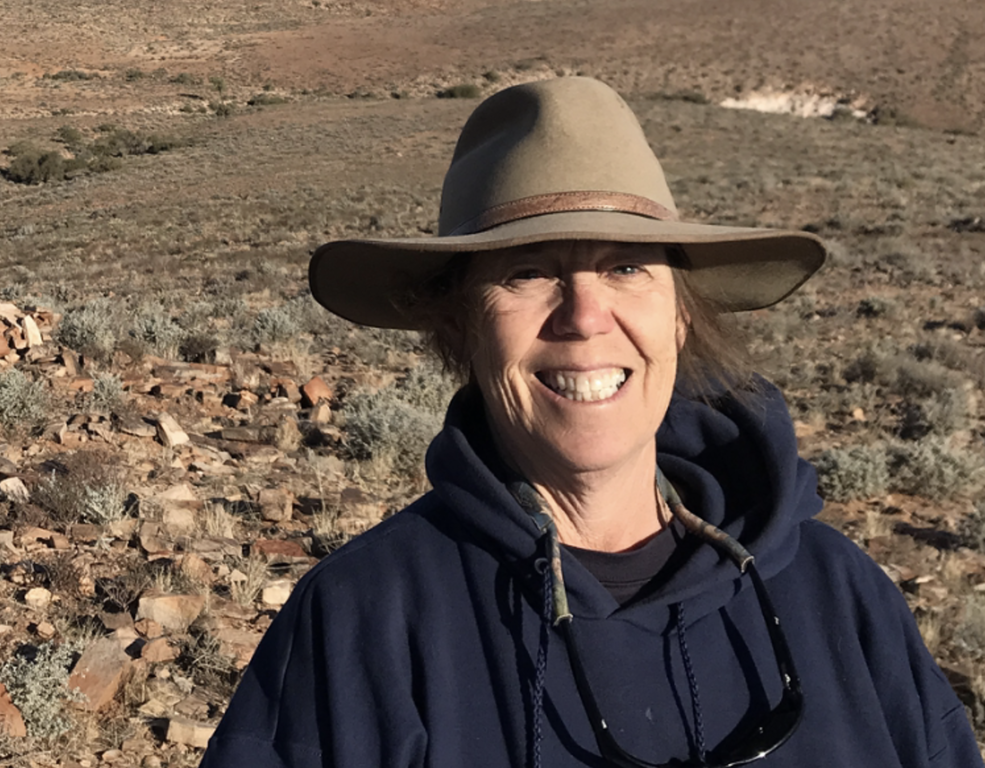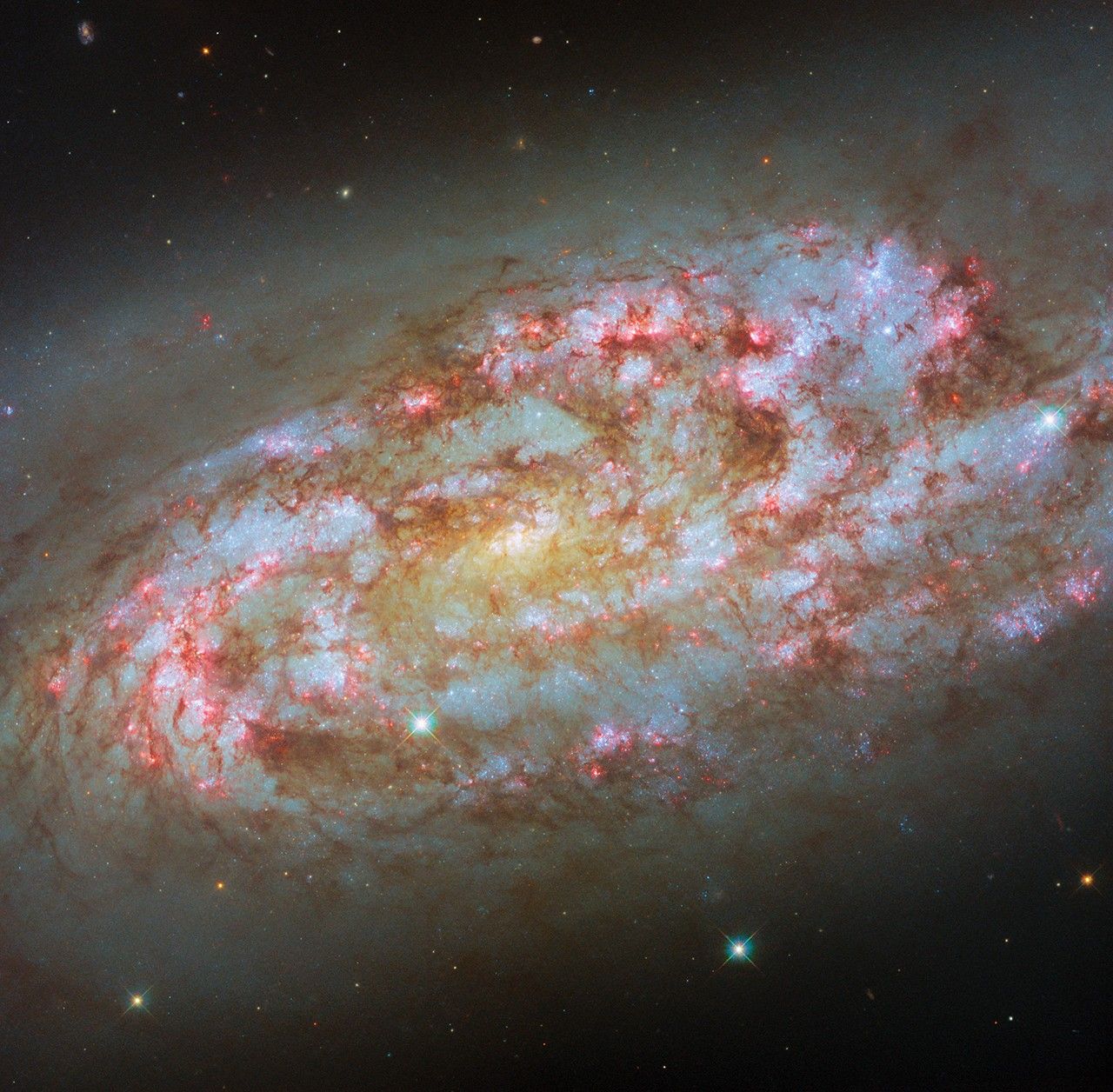Australia has dedicated a new national park that will help protect one of the most important sites on the continent for astrobiology and geology research. The rocky outcrops of the new Nilpena Ediacara National Park, located in South Australia’s Flinders Ranges and in the traditional lands of the Adnyamathanha people, are home to a vast cache of fossils of soft-bodied organisms. These fossils are ancient biosignatures from the end of the Ediacaran Period (574-539 million years ago) and include the first macroscopic, multicellular animals.
“Studying the origin and evolution of life on Earth means we have to look all over the globe for clues about our past, and Australia is a very important repository of major historical events in the evolution of life,” said Mary Voytek, director of NASA’s Astrobiology Program at NASA Headquarters in Washington, D.C.
NASA-supported scientists have been studying the fossils at Nilpena in order to reconstruct the timeline of this crucial period in history. Professor Mary Droser, a paleontologist at the University of California at Riverside, and her team have made multiple trips to the region and have excavated around 40 fossil beds, each of which provides a specific and different window into the past.
“The site shows an extraordinary burst of diversity and morphological disparity,” says Droser. “Simply put, this is the best record of the dawn of animal life on Earth.”
In March of 2019, the South Australia state government purchased 60,000 hectares (over 230 square miles), connecting the existing Ediacara Conservation Park to Lake Torrens National Park. On June 17, 2021, the entire area was reclassified to become Nilpena Ediacara National Park.
In April 2023, the park opened the Nilpena visitor hub to the public, which includes a fossil experience for those interested in the astrobiological significance of the research being conducted here. When visiting the fossil field, visitors are led on guided tours across paths, elevated boardwalks, and viewing platforms.
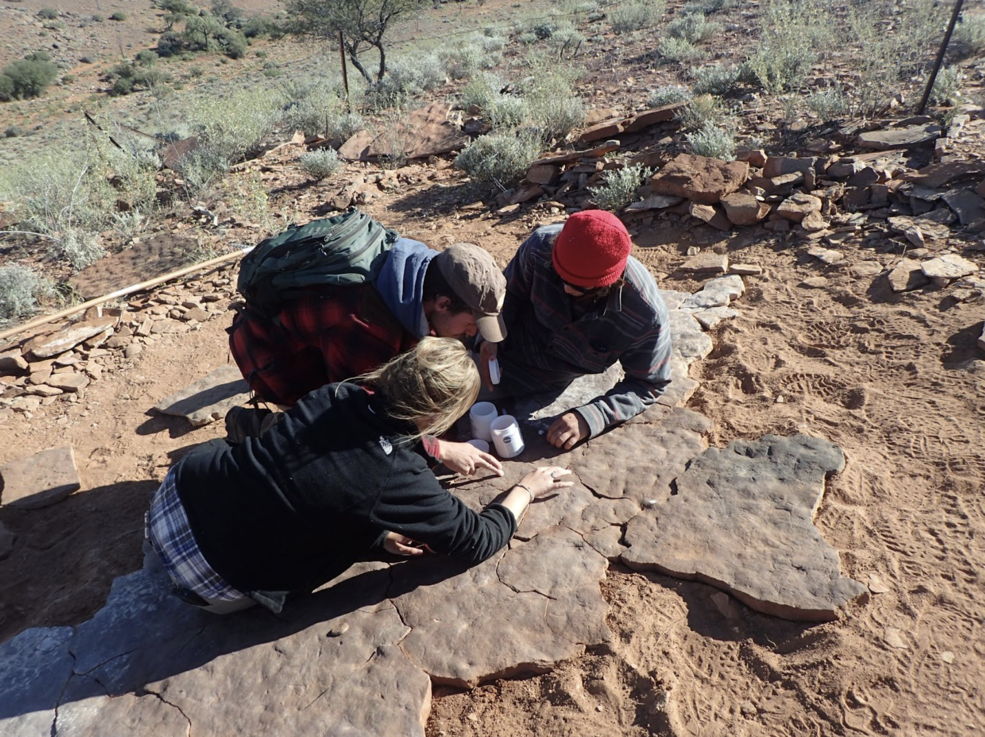
Niplena Ediacara National Park is also one of seven sites across the Flinders Ranges that are currently included in a bid for World Heritage status from the United Nations Educational, Scientific and Cultural Organisation (UNESCO).
NASA’s Broader Work with Australia
NASA has had a long-standing relationship with Australia, a country that has played an important role in research relevant to space exploration and the search for life beyond our planet. In 1960, NASA worked with the Australian government to establish the first deep space station outside of the United States near Woomera, South Australia. Other sites followed, including the currently operating Canberra Deep Space Communications Complex, which is a vital resource for NASA missions.
Australia also holds important locations for testing technology, equipment, and mission architectures for future robotic and human missions. As part of the Artemis program, Australian businesses and research organizations are developing a small rover for the surface of the Moon. Australia is also an important partner for NASA in Earth Science, with the recent signing of a joint statement of intent for cooperation that will continue a 60-year partnership to study Earth’s changing climate.
In the science of astrobiology, numerous experiments across the continent have helped to inform the development of missions to distant destinations in our solar system and to provide a window into the origin and evolution of life on our planet. For decades NASA-supported researchers have worked alongside Australian universities and institutions like the Australian Center for Astrobiology (ACA) to perform scientific studies in numerous sites across the continent. For instance, the waters of Shark Bay in Western Australia support organisms adapted to relatively extreme, hypersaline conditions. These extremophiles can help astrobiologists understand the limits of life on Earth and the mechanisms that life might use to survive on other worlds. Shark Bay is also one of the only locations in the world that is home to living stromatolites, structures formed by microbial mats that are composed of cyanobacteria. These modern microbial communities have helped astrobiologists confirm that similar structures in the geological record of the Earth are fossil remnants of ancient life. Stromatolite fossils are one of the most dominant biosignatures in Earth’s geological record.
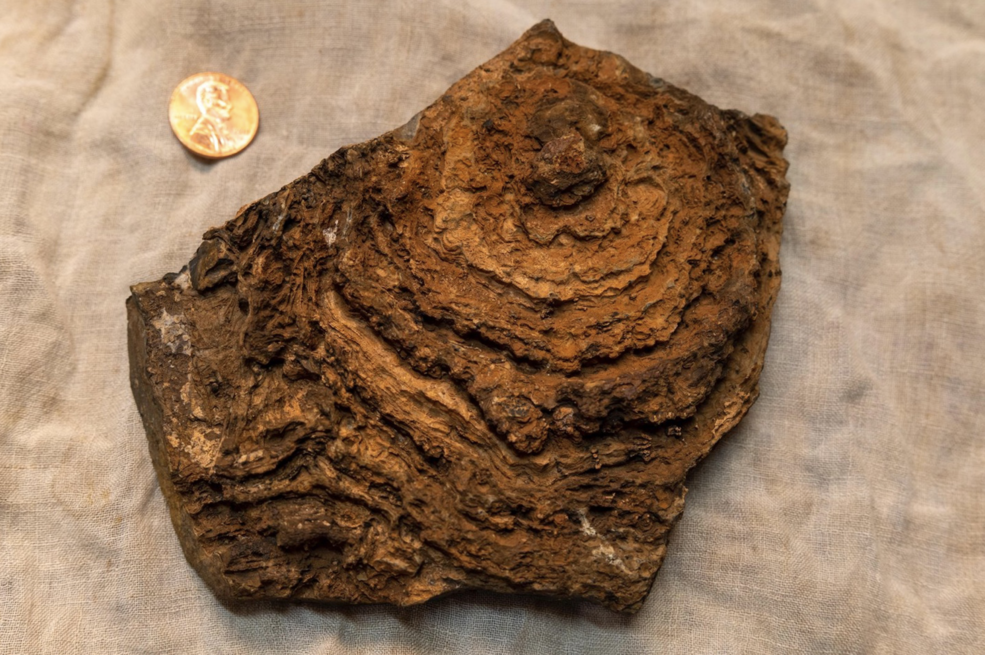
Inland from Shark Bay lies the Pilbara, where some of the oldest geological formations on Earth can be found. Here, astrobiologists have uncovered ancient biosignatures that could date back to 3.5 billion years ago, providing a window into Earth’s early biosphere. In some ways, the Pilbara is also reminiscent of Mars with its red soil, rocks, and a dry climate. Because of this, sites in the region have been used as test beds for instruments used on missions to the red planet.
“The preservation of fossils in the rock record is a serendipitous process and finding and studying fossil beds like those at Nilpena requires that a lot of things happen in a precise way. So, when these types of beds are discovered and available for scientists to work with, that is a unique opportunity. The fact that a National Park now protects these sites means that they will be available for research and public access for the long term, which is a great future for these rocks,” said Lindsay Hays, Exobiology program officer and deputy program scientist of NASA’s Astrobiology Program at NASA Headquarters in Washington, D.C.
The landscapes of Australia contain a wealth of information that can help astrobiologists understand the history of life on Earth and the potential for life beyond our planet. The new Nilpena Ediacara National Park will now help to protect one of the most important geological records on Earth, ensuring that future scientists, visitors, and local communities will be able to learn from the incredible cache of fossils found here for generations to come.
NASA’s Astrobiology Program supports research that leads to a better understanding of how life emerged and evolved on Earth, what conditions make any environment in our universe capable of supporting life, and what is the potential distribution of habitable worlds and life itself beyond Earth. Learn more about our efforts here: https://astrobiology.nasa.gov/
Aaron Gronstal
Ames Research Center, California aaron.l.gronstal@nasa.gov




























